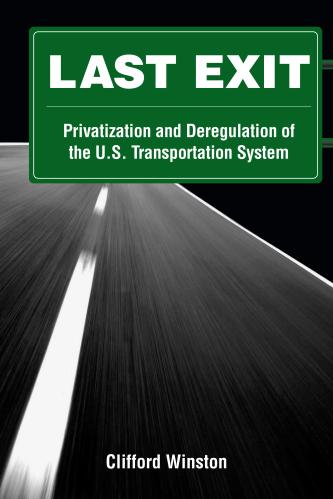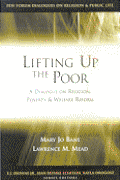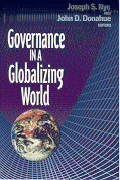Earlier this summer, the Los Angeles Metropolitan Transportation Authority (MTA) board agreed to send to voters a landmark plan to boost transportation investment in Los Angeles county. Yesterday, the County Board of Supervisors gave final approval for the proposal to appear on the ballot. The measure would effectively create a permanent 1 cent sales tax solely for transportation projects by continuing a half-cent tax approved in 2008 and adding an additional half-cent next year. If the proposal passes in November, the county will boast one of the largest local transportation funding streams in the country, raising an estimated $3.4 billion annually.
It may seem out of character that L.A. is on the verge of making such a large commitment to transit, but its image as a city of freeways is outdated. Since the passage of Measure R in 2008, highlighted in the book, “The Metropolitan Revolution,” Los Angeles has proven how local infrastructure financing is the best modern lever to deliver a more efficient, equitable, and sustainable economy.
Which is not to say that L.A. has solved its traffic problem—in fact, it has some of the worst congestion in the country. A recent TomTom survey found that during peak traffic in Los Angeles, travel times were 41 percent longer than average, the worst rush hour congestion in the United States. It results from a developmental irony: to promote is extraordinary growth—L.A. is one of the five densest metropolitan areas in the country—it made a sustained commitment to automobile infrastructure, effectively designing itself to produce congestion. Now that the county is built out, the old playbook of simply widening or adding new highways isn’t possible.
As L.A.’s leaders set out to design their next generation of transportation investment, they made a choice to self-fund their efforts. Los Angeles—along with other metro areas such as Seattle and Denver—recognized it could no longer wait for massive federal investment to build the region it imagined. It saw that metropolitan areas can’t afford to delay critical investments while waiting in line for relatively small federal grants, watching while the vast majority of funding still goes directly to states. Indeed, the federal government has never offered funding at the scale required to build a modern regional transportation system; the funds must come from regions themselves.
Establishing one of the largest dedicated local funding streams for transportation would put Los Angeles in prime position to build the infrastructure of the future. The county’s businesses and residents can already see results from Measure R. Downtown L.A. is undergoing a dramatic resurgence; major projects like the Regional Connector and many more will only reinforce that growth. Mayor Eric Garcetti and city executives added to Measure R’s potential impact by launching one of the most innovative transportation and land use plans in the country. The referendum on the ballot for November, the Los Angeles County Traffic Improvement Plan, would add another 38 major investments split between highway expansions and transit projects, further future-proofing the region’s transportation infrastructure. Already, MTA leaders are thinking of ways to use the new revenues to spark even greater project and financial innovation.
Still, voters have legitimate questions to raise come November. Sales taxes are notoriously regressive, and the onus will be on the MTA to demonstrate how sales taxes paid by all incomes will benefit low-income households more likely to not own a car and use transit regularly. While the region’s metropolitan planning organization—the Southern California Association of Governments—governs planning across six counties, the proposed sales tax funding covers only Los Angeles County, raising the possibility of asymmetrical build-out in the region and a continued commitment to solo driving in other places.
Finally, the MTA needs to be realistic about this source of funding. As past regional efforts in Denver and Charlotte show, cost overruns are all too common, and intra-regional fighting often erupts as certain projects don’t get built. The money won’t always go as far as it seems.
Nevertheless, the proposed referendum would put Los Angeles in control of the future of its transportation system. Even after a failed vote to extend Measure J in 2012, regional leaders’ commitment to an even bigger package makes clear that they see self-financed infrastructure as the right path forward. With plenty of election results to consume in early November, what Los Angeles voters decide will be an important signal for how regions intend to control their economic future.
The Brookings Institution is committed to quality, independence, and impact.
We are supported by a diverse array of funders. In line with our values and policies, each Brookings publication represents the sole views of its author(s).









Commentary
Los Angeles will vote again whether to self-finance its infrastructure future
August 3, 2016